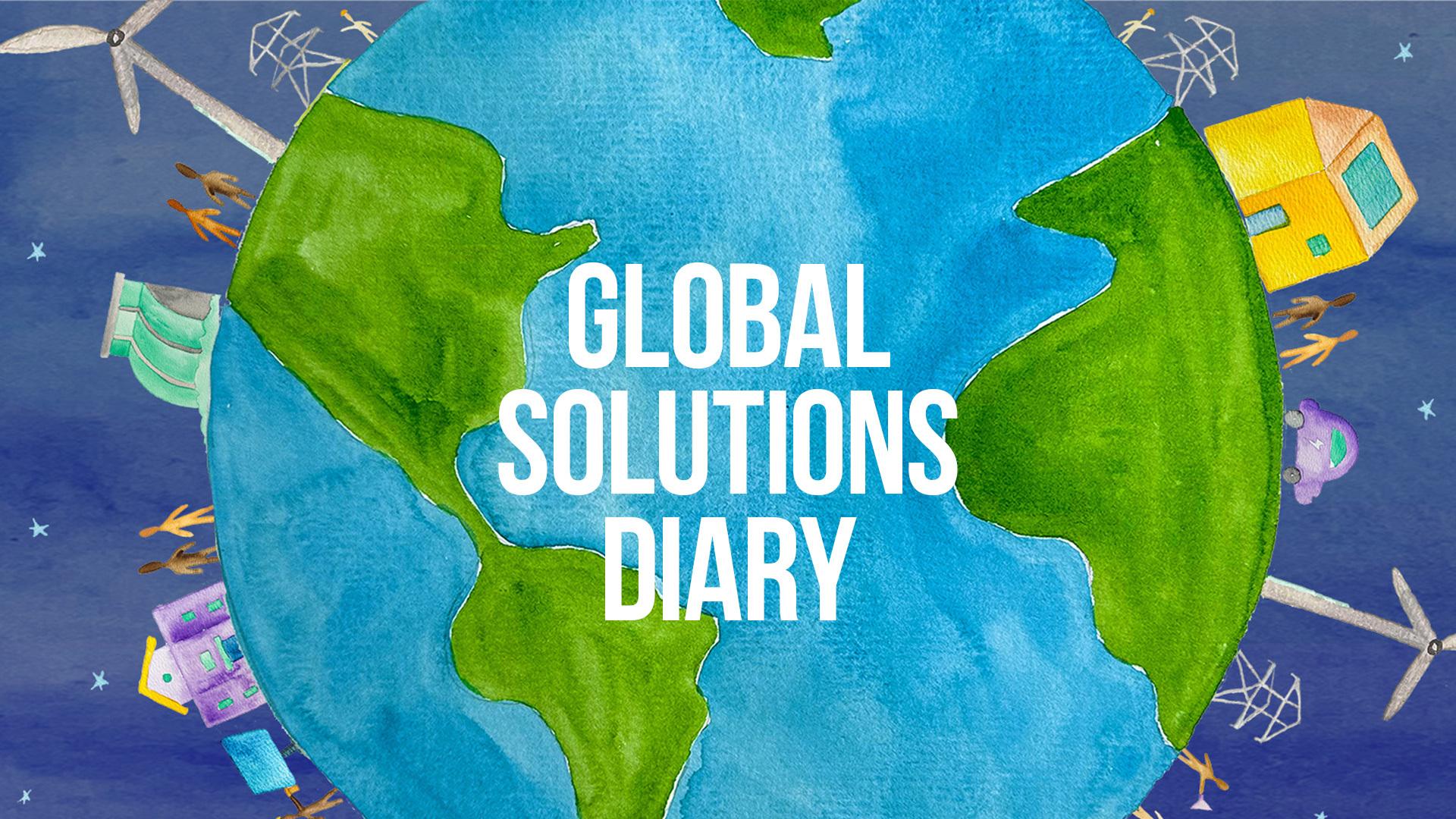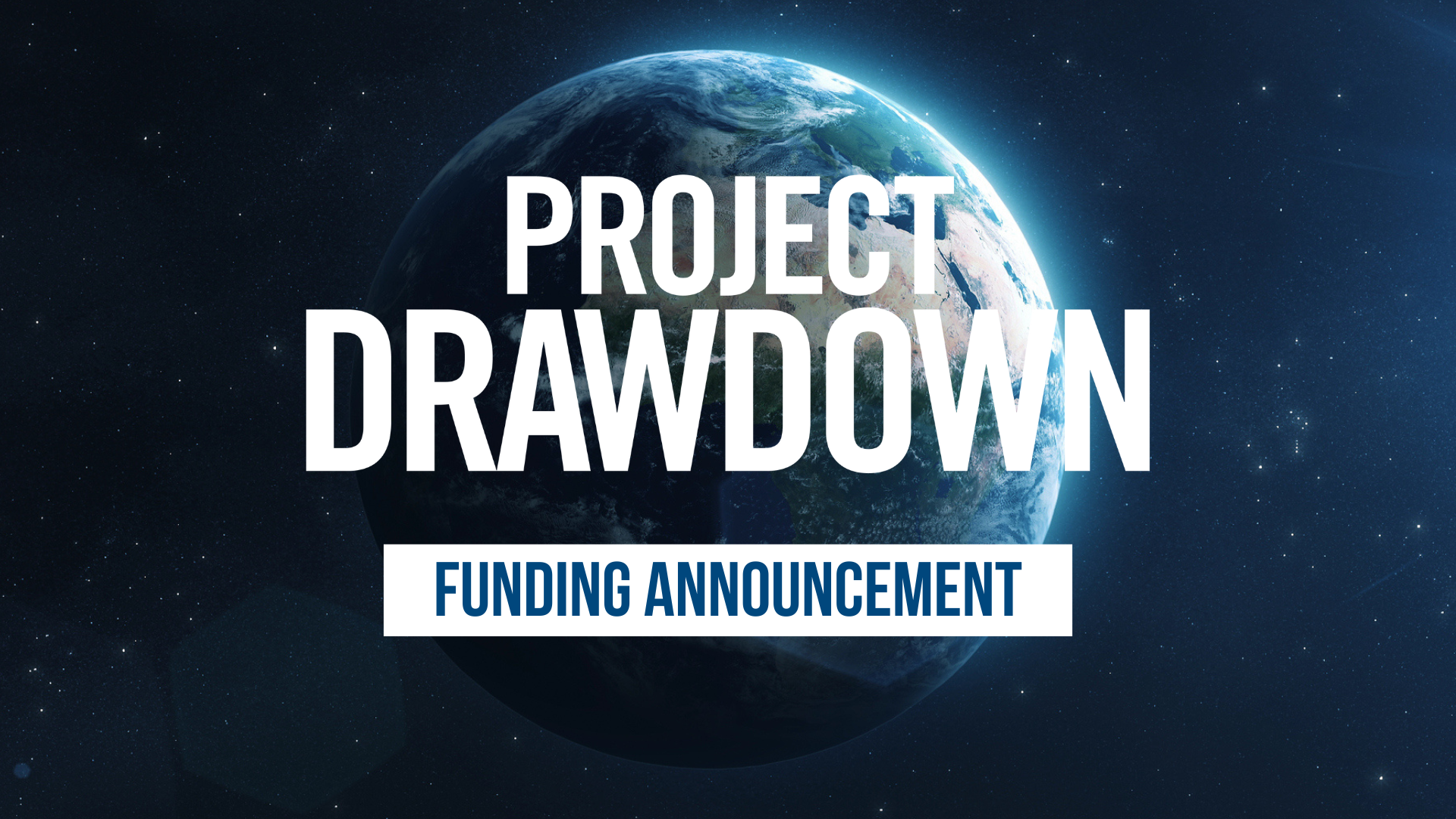Based on this reduction and the median amount that a person living in the United States has in a transactional account (US$8,000), the report shows that moving from a carbon-intensive bank to a climate-responsible bank can have a bigger annual climate impact than adopting an all-vegan diet.
“Around the world, we are becoming increasingly adept at applying a climate lens to how we spend our money,” says Paul Moinester, executive director of Topo Finance. "What our research shows is that applying this same climate lens to where we deposit our money can be as impactful as how we spend it. This impact is rooted in the power of responsible banking as a systemic climate solution – a solution that can not only reduce emissions at scale but also help shift trillions of dollars away from the industries fueling the climate crisis and toward those creating a more just, sustainable world."
In addition to analyzing the relationship between climate change and personal banking, the report provides practical steps for consumers looking to maximize their positive climate impact, including how to assess their banking footprint, engage with their bank, move their money, and spread awareness.
“Many of us already appreciate how we can incorporate climate solutions into our daily choices by changing how we eat, travel, power our lives, and more,” Alexander says. “But it’s critical that we also recognize our ability to intervene in the much bigger systems in which we are embedded, with the potential to have a larger and more catalytic impact.”
To learn more about the report, view it here, or to get in touch with the authors for media requests please reach out at press@drawdown.org.
About Project Drawdown
Project Drawdown is the world’s leading resource for climate solutions. By advancing science-based climate solutions, fostering bold climate leadership, and promoting new narratives and voices, the 501(c)(3) nonprofit, nonpartisan organization is helping the world stop climate change as quickly, safely, and equitably as possible.
About Topo Finance
Topo Finance is dedicated to transforming the financial sector into a force for creating a more just, equitable, and regenerative world. We are actualizing this future by building foundational data, tools, strategies, and solutions that enable all consumers – companies, organizations, and individuals – to leverage their banking and investing as a vehicle for climate and social progress.




